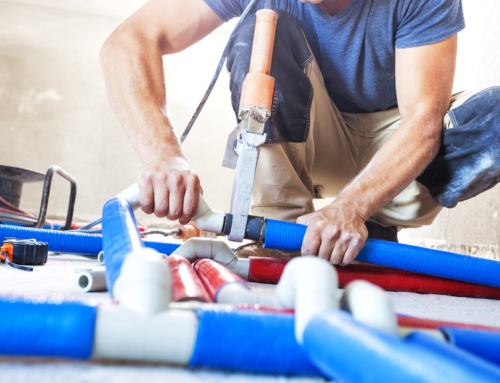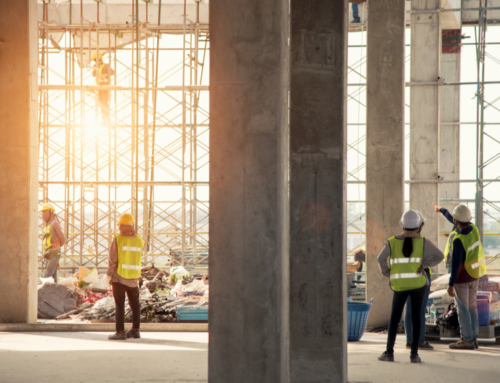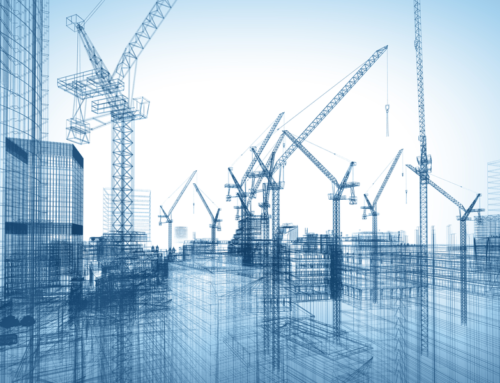Construction is perhaps infamously one of the most dangerous occupations in today’s working world, but building information modeling, or BIM, can be a great asset in reducing the risk for everyone involved. Information from the National Institutes of Health estimates that nonfatal and fatal injuries in the architecture, engineering, and construction (AEC) industries make up 15% of injury costs for all private industries. Each injury is more costly in AEC industries, too: the average cost per injury in AEC fields is $27,000, nearly double the average cost of $15,000 when considering all industries. These injuries are more frequent, as well. One in every ten construction workers is injured annually, and the rate of nonfatal injuries in the AEC fields is 71% higher than any other industry. While construction is inherently more dangerous than say, an office job, it’s clear that there is plenty of room for improvements in safety, and BIM techniques offer a number of advantages that can create a safer jobsite.
3D MODELING AND SAFETY
One of the most basic elements of BIM construction is the creation of a 3D model. While nearly all construction projects nowadays use 3D models, models created using BIM techniques often are created with much greater detail and have a high level of information density. These detailed models are created in a shared online space, so everyone with access is able to view the same up-to-date model. This allows workers to always have a current representation of where they’ll be working, so they can have foresight of potential hazards and where other crews may be working. See the benefits of this advanced 3D modeling on Smarcon’s Projects page.
4D SCHEDULING AND SAFETY
Four dimensional scheduling is another aspect of BIM that can have a big impact on the safety of a jobsite. To put it simply, 4D scheduling is simply adding another layer onto a 3D model, with that new layer being “time”. Visit Smarcon’s BIM News page to learn more about the dimensions of BIM. Inserting the timeline into the model allows for more in-depth planning of all steps of the project, including planning for safety. 4D scheduling can improve coordination of work crews, too, avoiding risky situations where work crews may be working too close to each other. This advanced planning also reduces the need for re-working, shortening the project time and reducing the time at risk of injury.
BIM PREFABRICATION AND SAFETY
Building information modeling techniques often utilize prefabrication for elements of construction projects. Off-site fabrication of elements is not only a good way to reduce cost but also can reduce risk of injury. When assembling elements at the jobsite, workers may be working in inherently more dangerous situations, such as at a greater height than they would be if prefabrication were being used. The higher-detail modeling that BIM enables also expands the reach of prefabrication. With a more in-depth model, it becomes possible to prefabricate elements that previously had to be constructed on-site to ensure accuracy.
Interested in making your jobsites safer with BIM? Contact Smarcon today to learn more.




